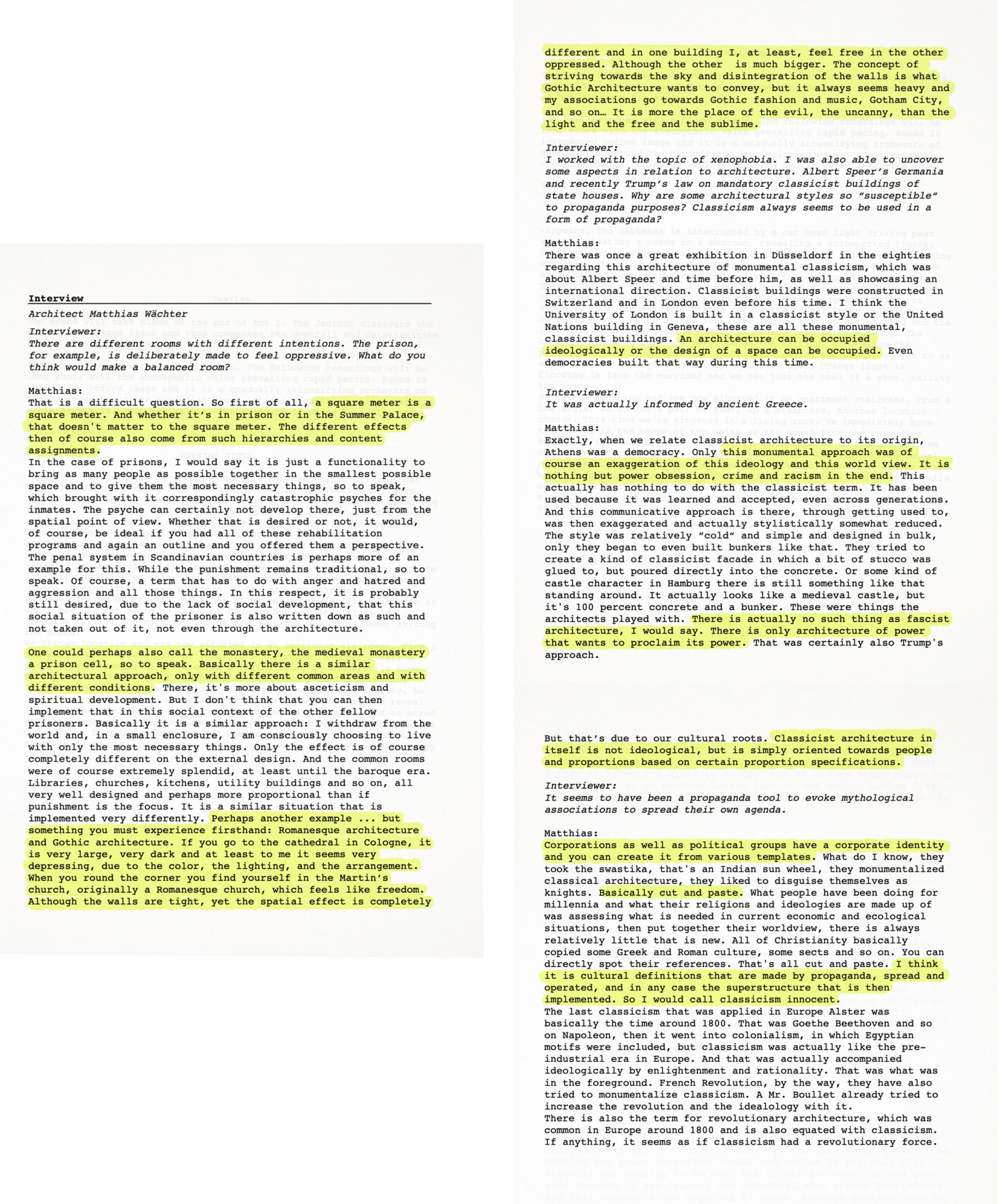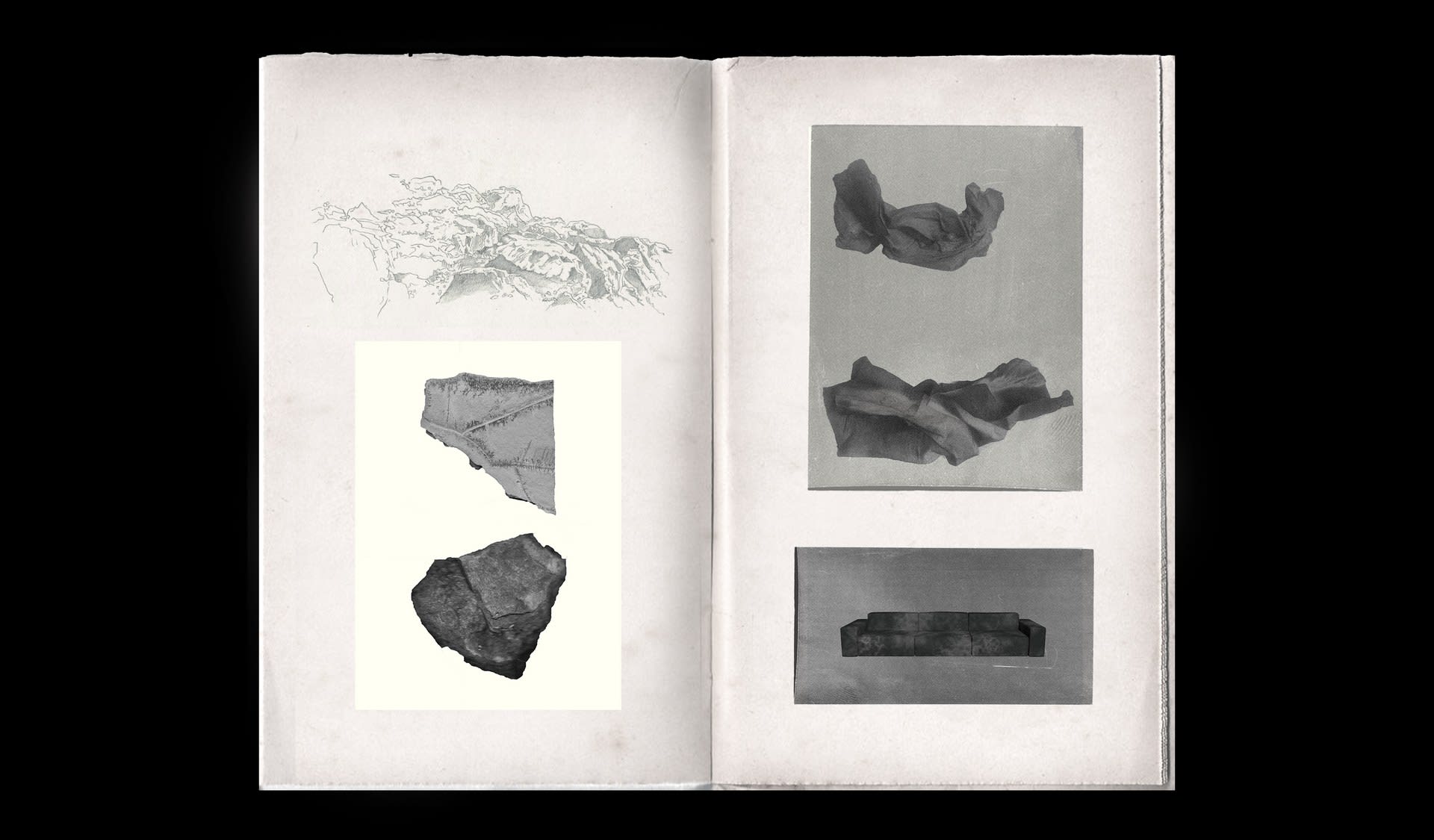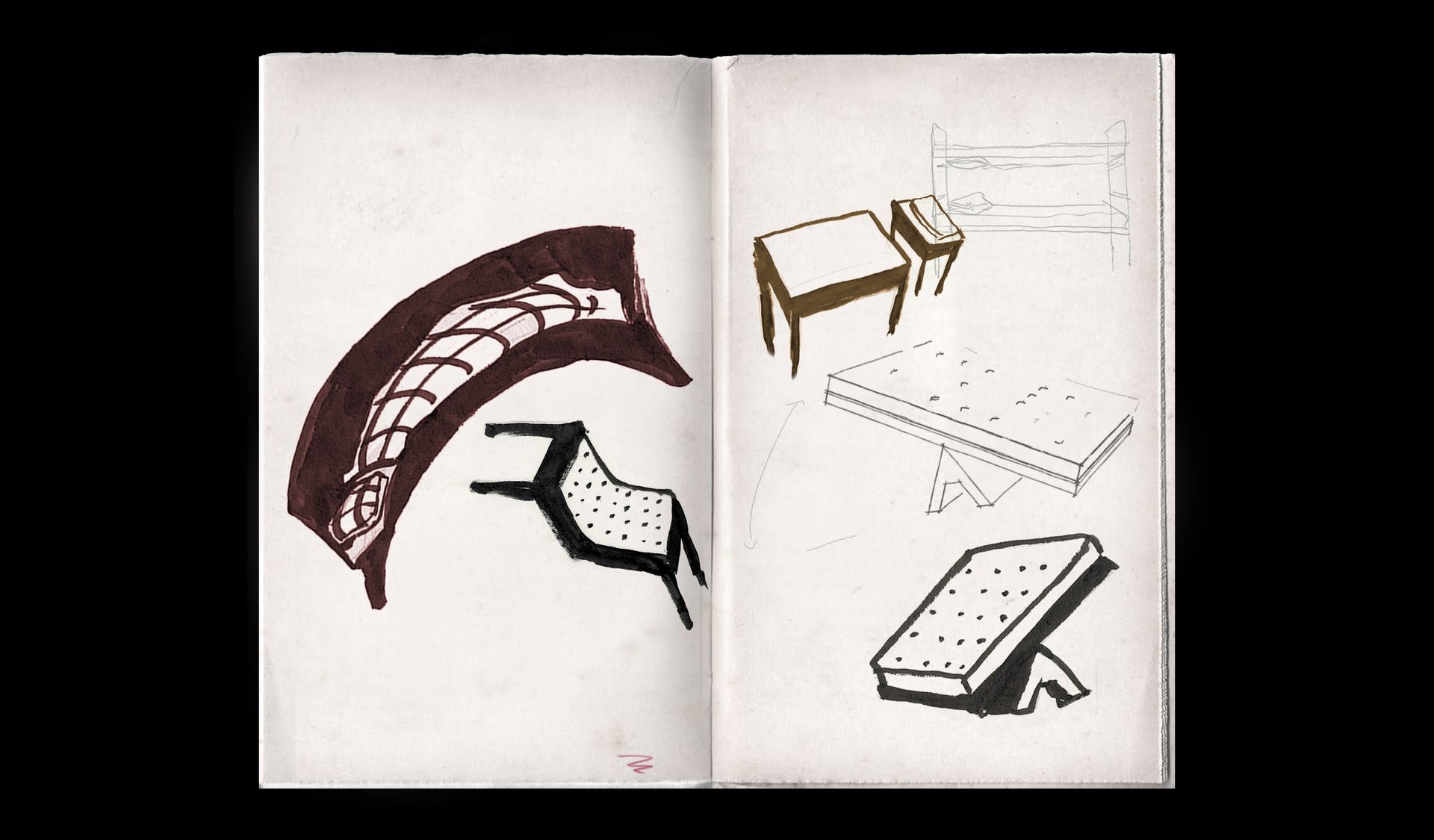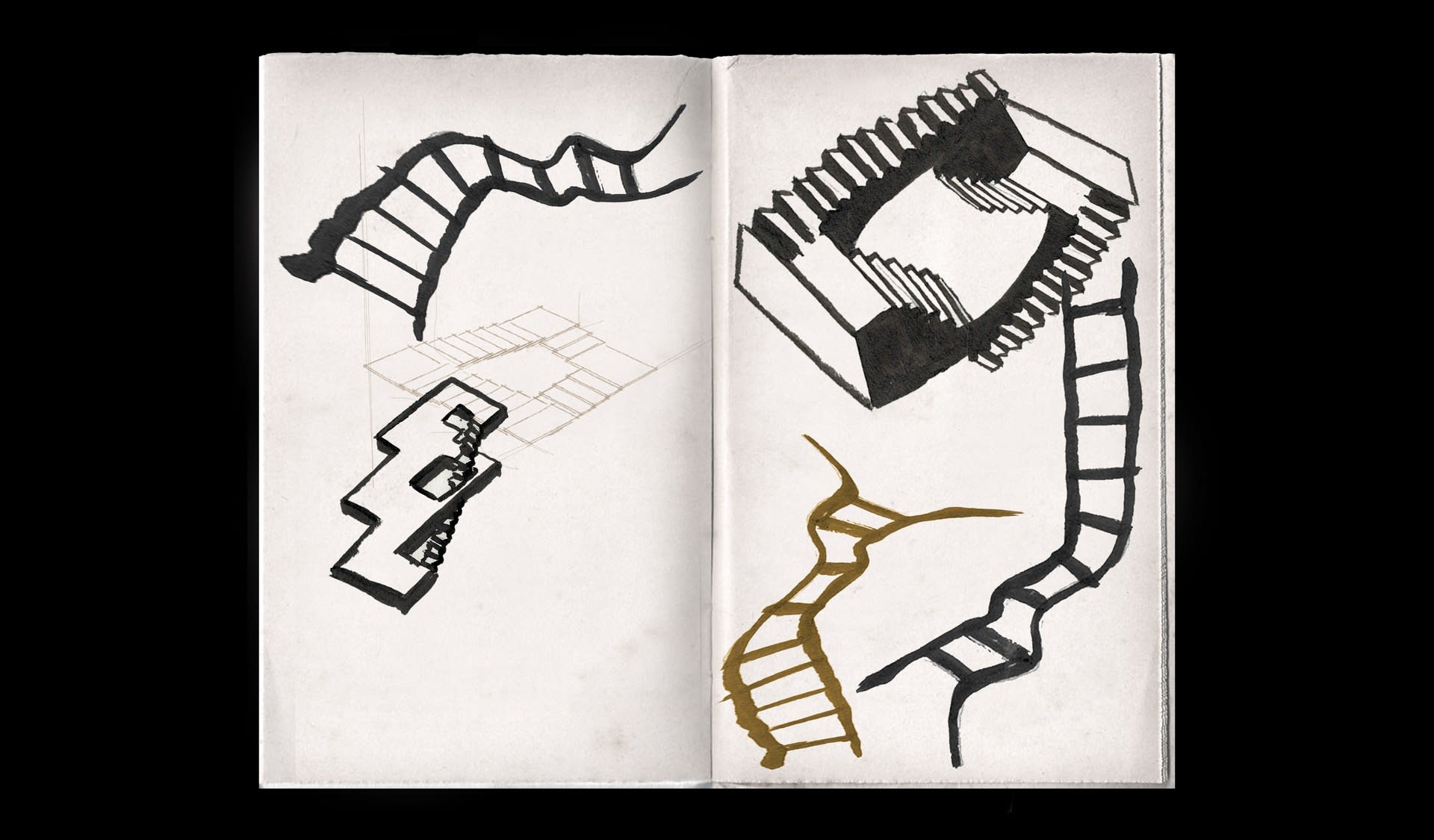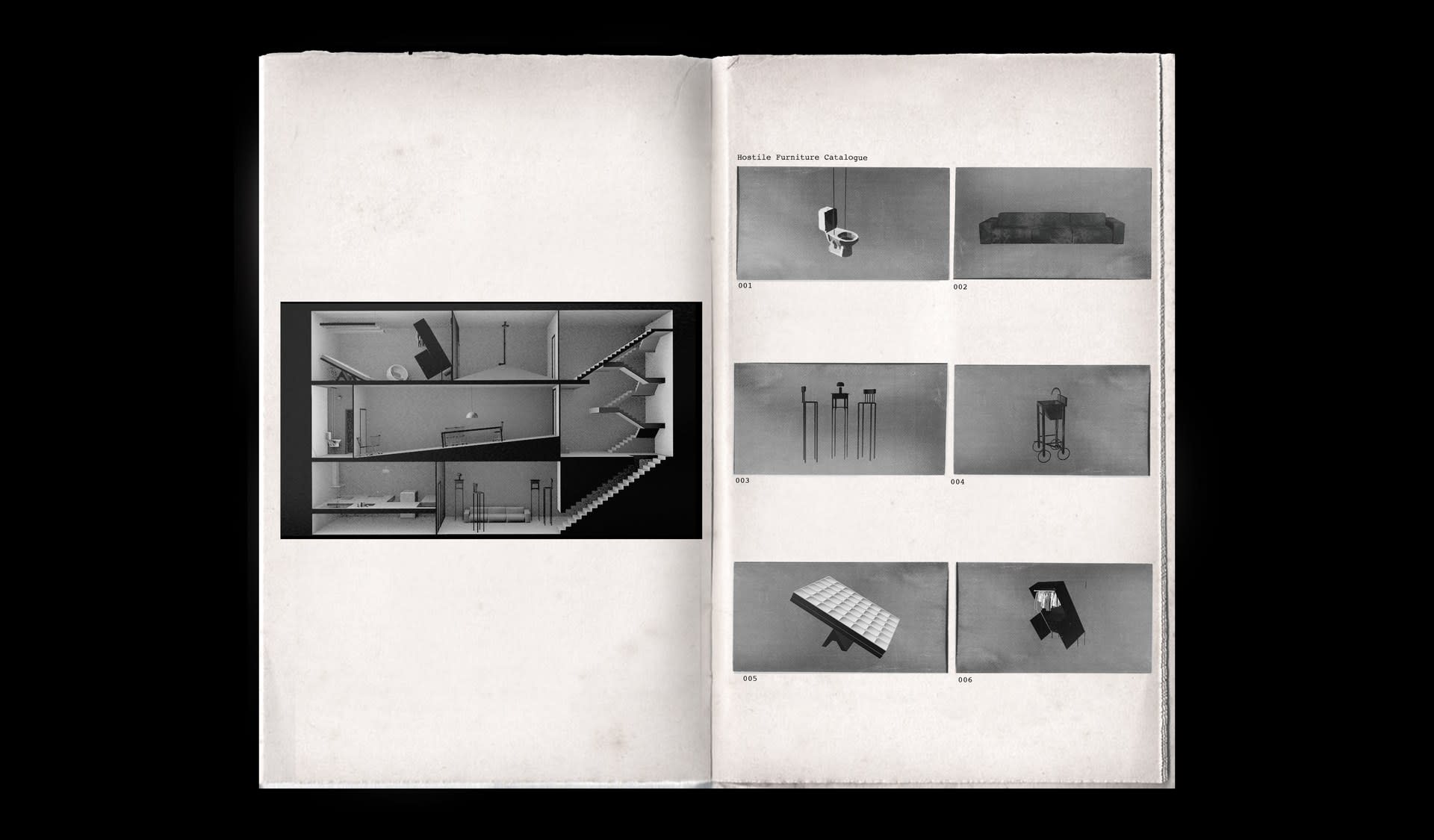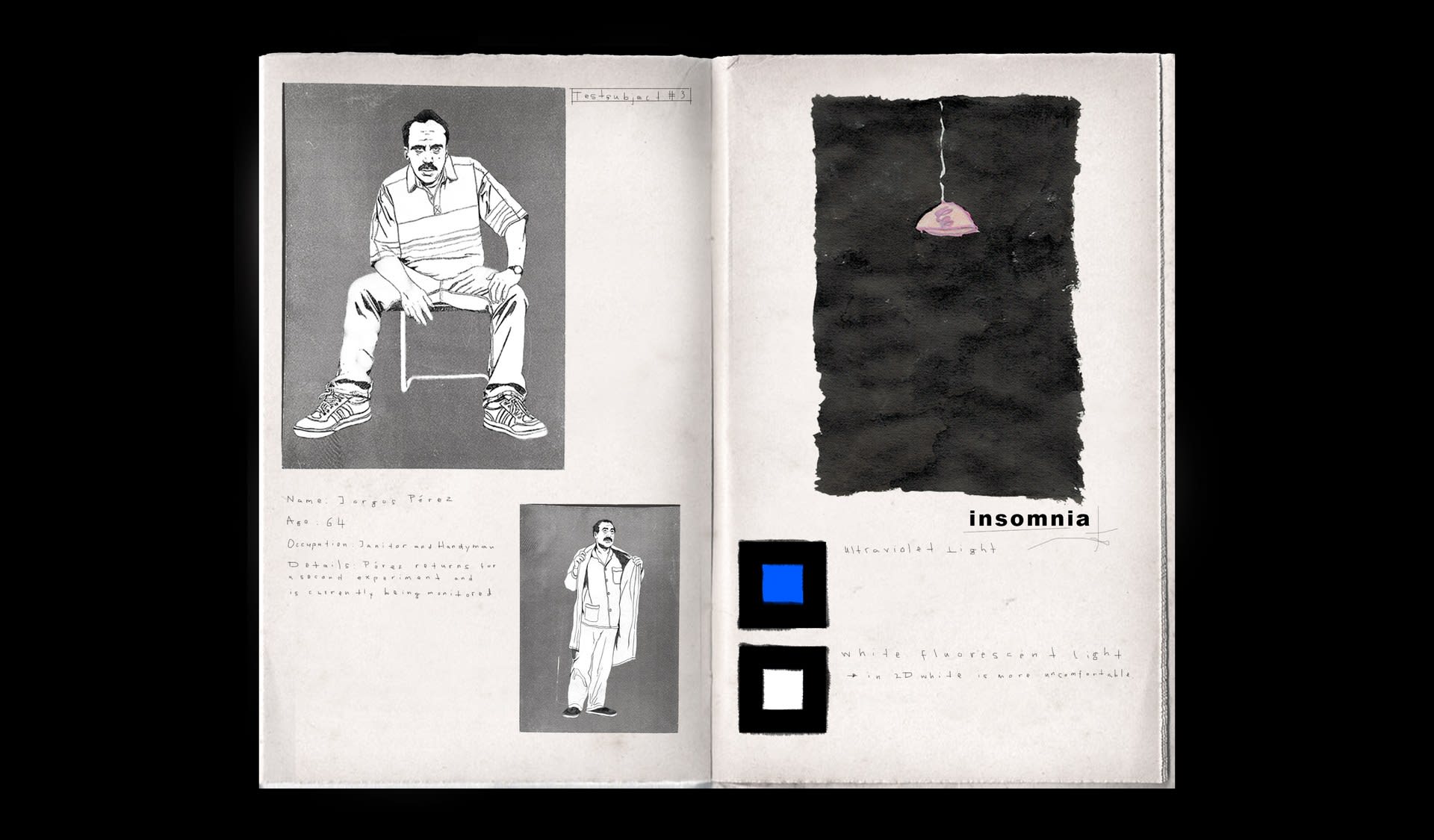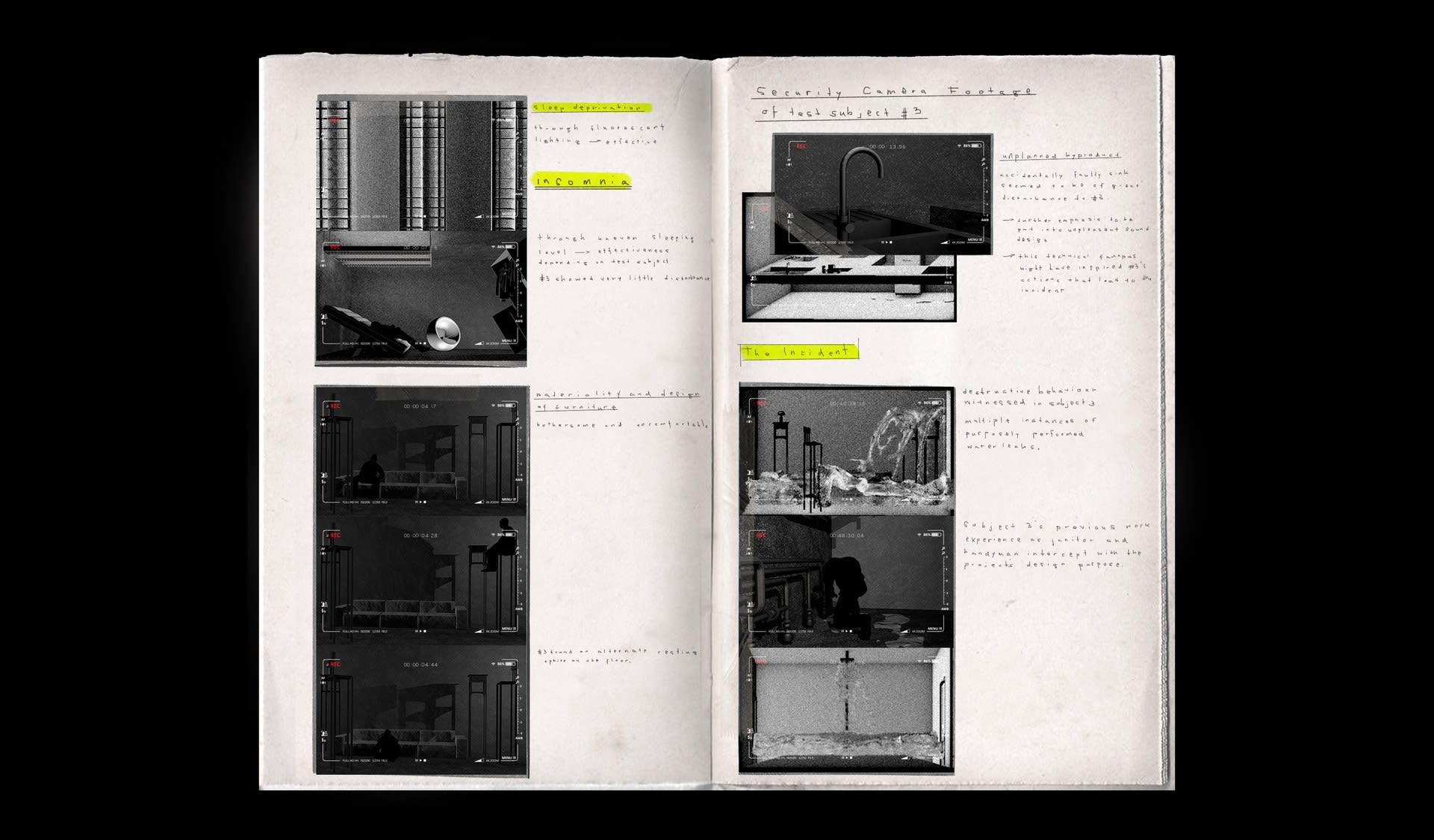Lara is a German artist and filmmaker, based between London and Frankfurt.
She has a background in Communication Design and Illustration, studying at the Academy of Visual Arts (Frankfurt) and receiving her BA at UAL’s London College of Communication.
Largely concerned with visual narration, the human perception and social interconnection, Lara’s projects are presented through films, illustrations and installations. Her work is characterised by the use of methodical and conceptual juxtaposition and she positions herself in the cinematic field as a concept artist, production designer and visual storyteller.
Lara has industry work experience in China, Germany and England, her involvement spanning across the fields of exhibition design, animation, illustration and 3D content creation.



